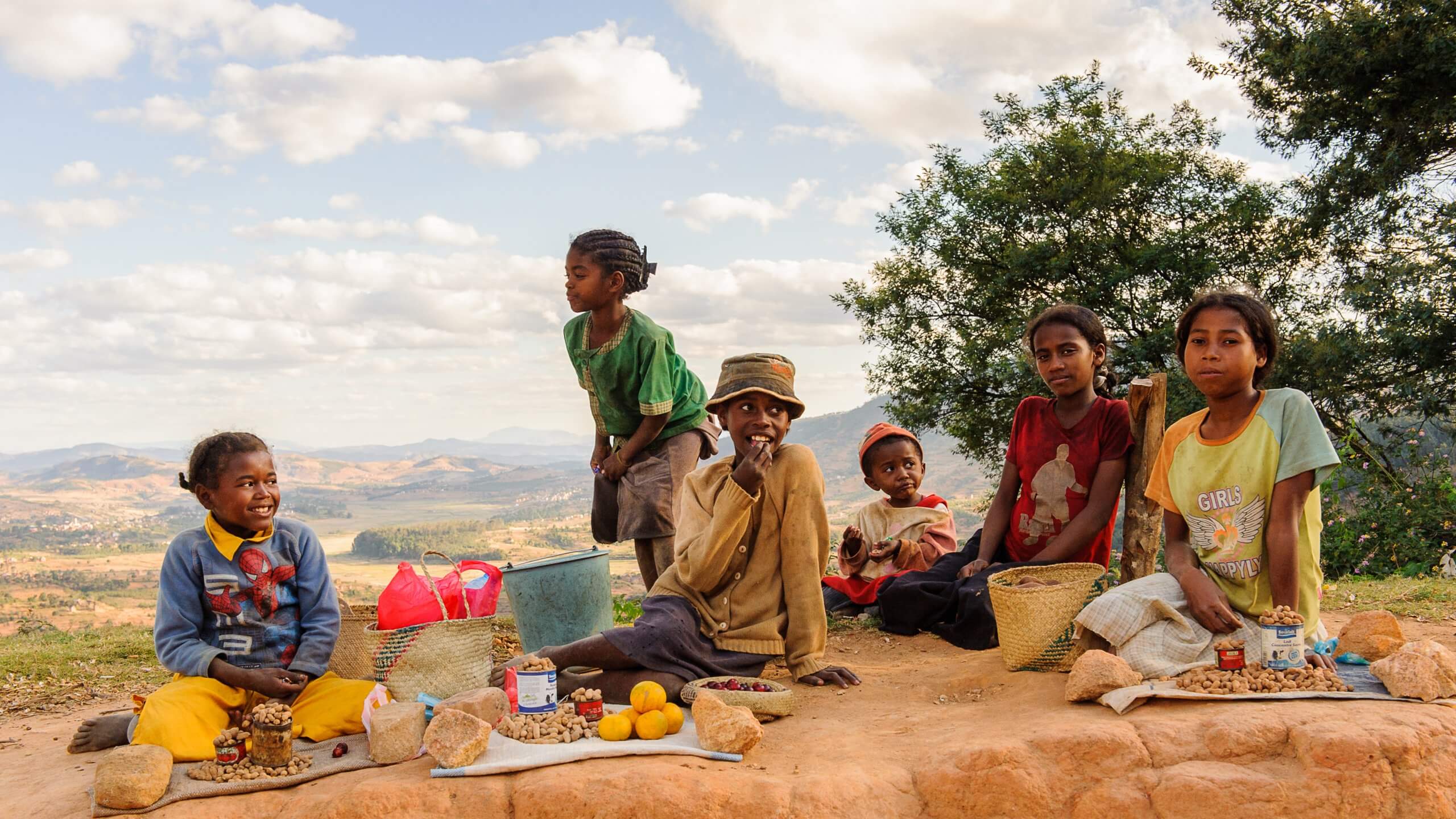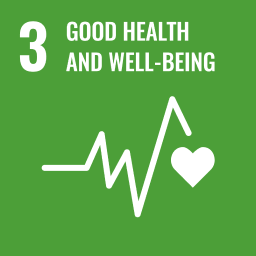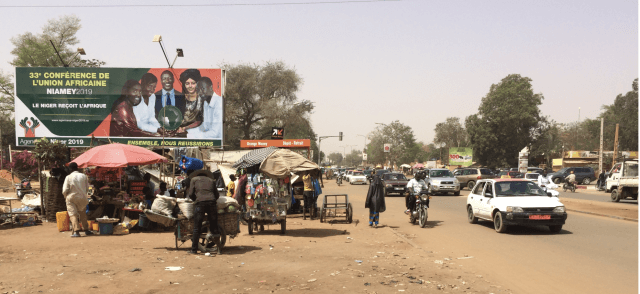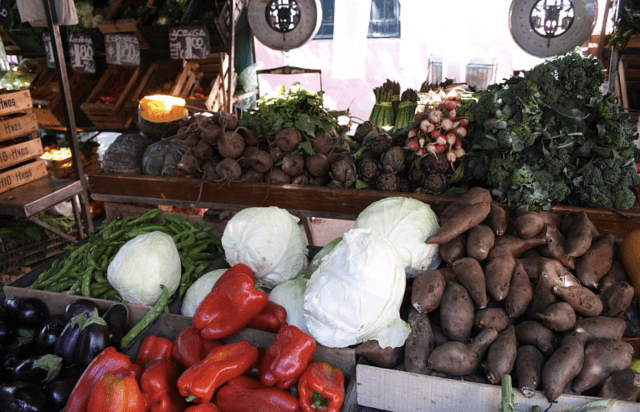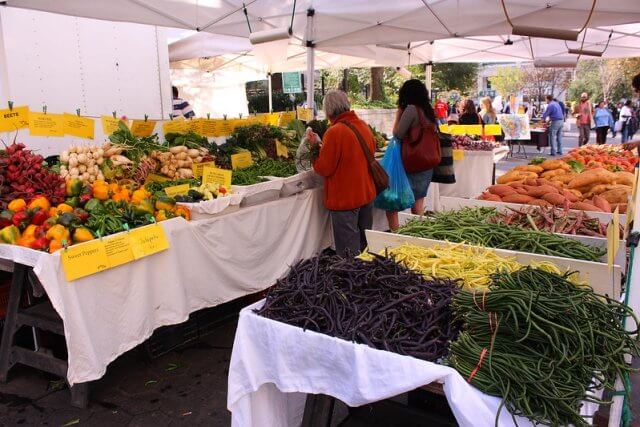The action and its aims
Antananarivo introduced a program to train the city’s schools in growing vegetables in rice sacks. The vegetables are used to supplement the basic food provided for school lunches. The aims are to diversify children’s diets to improve food security, nutritional intake, and school performance, and to popularise urban agriculture among students and their parents.
When it was introduced
The programme began in 2015 with the installation of demonstration gardens in four schools.
Why it was needed
It was needed because of the high rates of malnutrition in Madagascar. Malnutrition is increasing in the capital due to population growth and children often rely on food they receive at school. However, food provided to canteens by the World Food Program (WFP) and Madagascar’s Ministry of National Education generally consists of staples like rice, legumes, oil and salt, with little fresh produce.
Who initiated it, who is involved
The programme was set up by the local government, the Urban Community of Antananarivo. It is a collaboration between the Department of Green Spaces, Environment and Urban Agriculture, the Île-de-France region of France (via the Institute of City Trades), and the WFP. Technical partners are France’s National Institute of Agronomic Research (INRA) AgroParisTech CIRAD.
Impacts to date
Microgardening projects have been set up at 21 schools in 24 districts of the city, with a total of 15,000 children receiving vegetables two to three times a week as part of school meals.
More information: A similar initiative providing technical assistance and materials for the installation of school vegetable gardens in New York’s (USA) ‘Grow to Learn NYC: the Citywide School Garden Initiative’. The program aims for every public school in the city to have a sustainable school garden.
